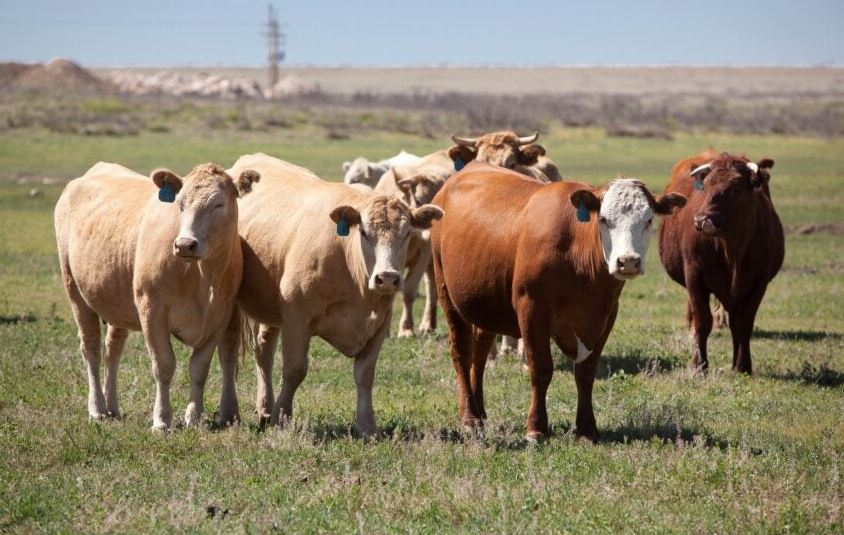If you’ve ever watched cattle graze in the quiet splendour of a bucolic pasture, you may wonder at their serenity, their apparent tranquillity. But don’t let the calm exterior fool you – like all animals, cattle have a complex repertoire of behaviours, and understanding these is crucial for anyone wishing to interact with them in a safe and respectful manner.
Understanding the Fundamentals of Cattle Behaviour
Cattle are herd animals, preferring to stay in groups for protection and social interaction. Their strong herd instinct often makes them wary of anything new or different, as this could represent a potential threat. This is why introducing new elements to their environment – such as new people, equipment, or procedures – should be done gradually and with care.
Additionally, cattle have a wide field of vision (around 330 degrees) but poor depth perception, which can make them nervous about crossing unfamiliar surfaces or moving through narrow spaces. They are also creatures of habit and prefer to follow established paths and routines.
Safe Handling & Interaction Techniques
- Move Slowly and Quietly: Given their sensitivity to changes in their environment, it’s vital to move slowly and quietly when interacting with cattle. Avoid quick movements or loud noises that may startle them, and always approach from the front so they can see you clearly.
- Understand Flight Zones: The “flight zone” is the personal space of a cow, the distance they keep from perceived threats. If you enter a cow’s flight zone, it will move away. The size of this zone varies depending on the cow’s level of familiarity with humans. Using this concept, you can guide a cow’s movement by entering and leaving its flight zone respectfully.
- Use of Tools for Safe Handling: Handling tools, like decent cattle prodders, can assist in directing cattle. It’s essential, however, to use such tools responsibly and only when necessary. They are intended to encourage movement without causing harm or fear, so they must be used gently and sparingly.
- Provide Familiar Companions: When moving or transporting cattle, it’s beneficial to provide a companion cow that they are familiar with. This can help to reduce their stress and encourage more cooperative behaviour.
Why Understanding Cattle Behaviour Matters
Understanding cattle behaviour isn’t just important for their welfare; it’s also critical for human safety. Cattle can become frightened or aggressive if mishandled, potentially posing a risk to those around them. By learning about their behaviour, we can ensure that our interactions with these majestic creatures are as safe and stress-free as possible for all parties involved.
Moreover, it can lead to improved productivity and profitability in farming operations. Reducing stress in cattle has been linked to increased growth rates, improved reproductive performance, and enhanced immune function.
Happy Herding!
In conclusion, effective and safe cattle handling relies heavily on a comprehensive understanding of cattle behaviour. By moving slowly, understanding flight zones, responsibly using handling tools like decent cattle prodders, and providing familiar companions, we can interact with cattle in a safe, respectful and beneficial manner. These simple strategies can make a world of difference, contributing to a harmonious co-existence between us and these magnificent animals.

